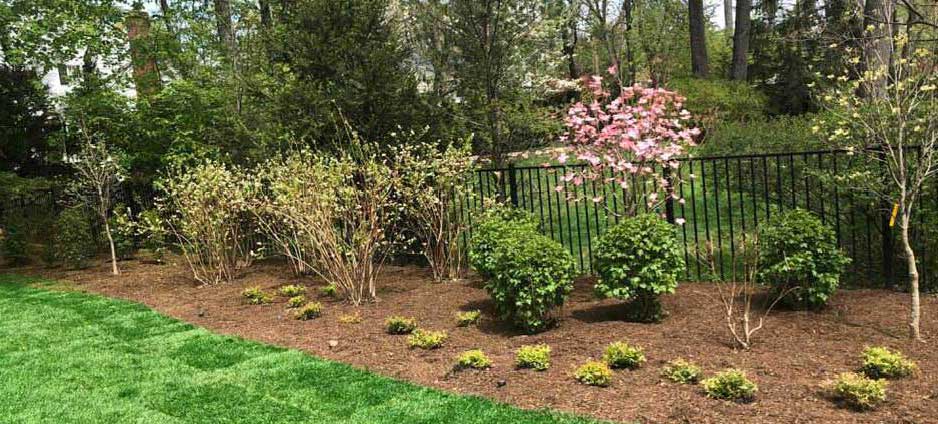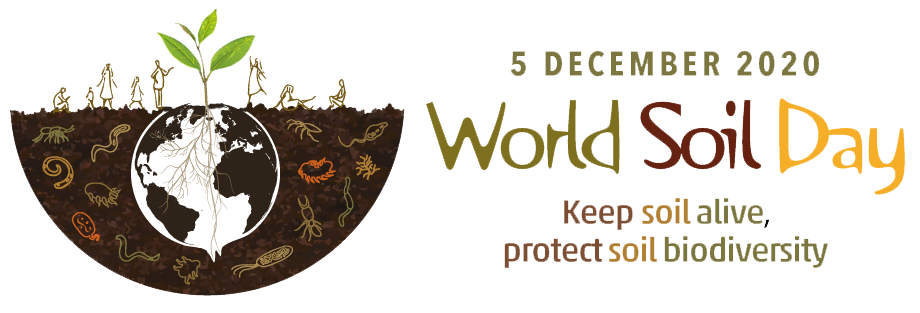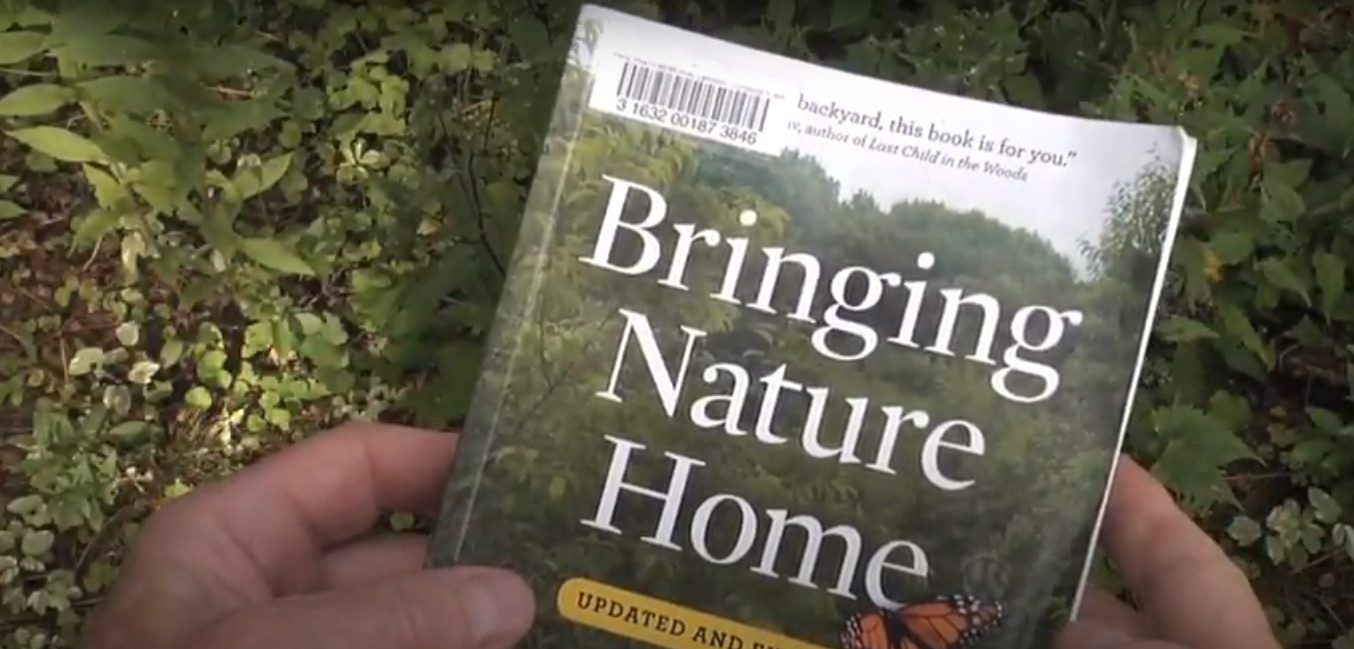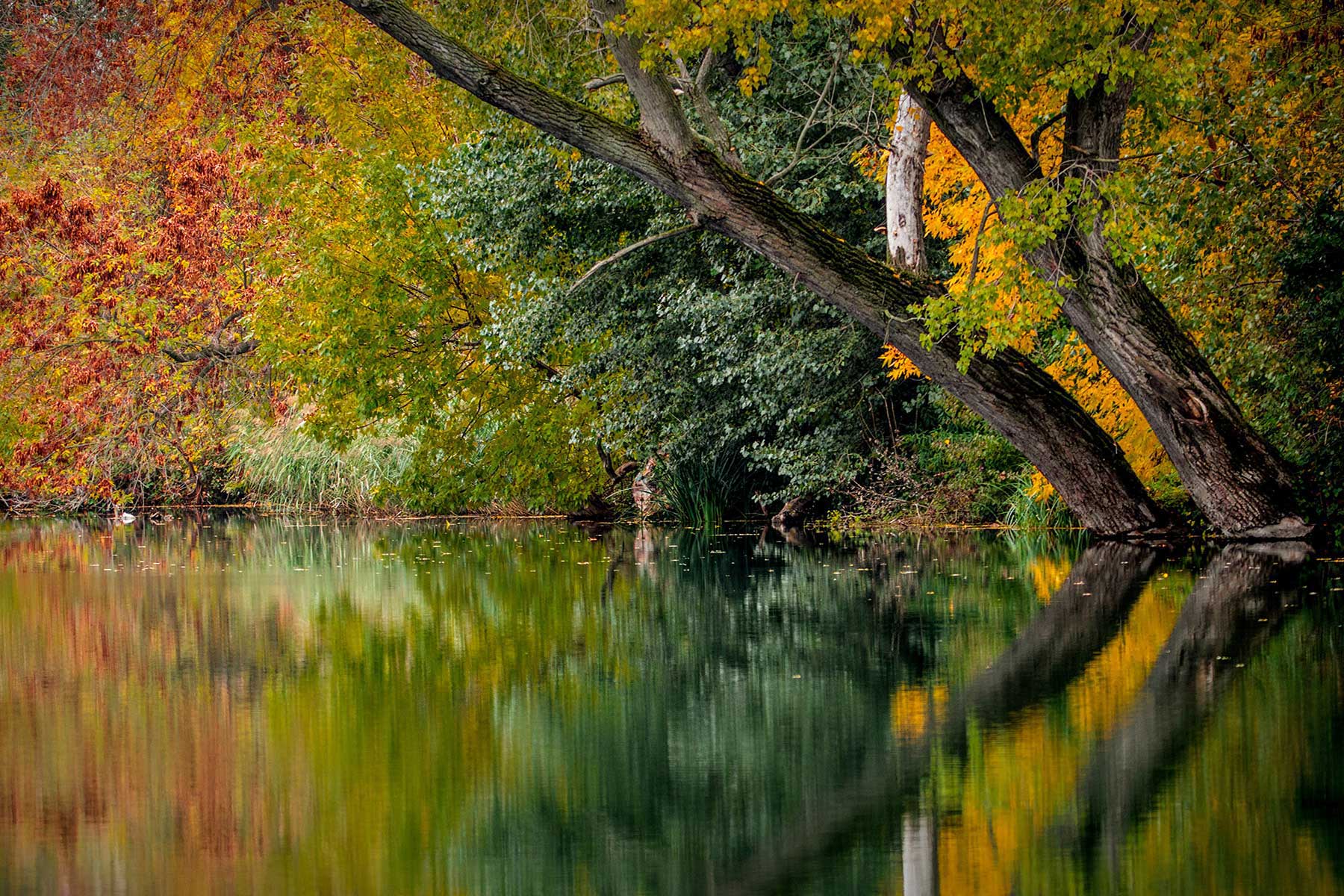Black chokeberry – aronia melanocarpa
Black chokeberry is a multi-stemmed, deciduous, eastern North American shrub. It reaches 4–8 feet in height. The plant’s habit is multi-stemmed, and plants can form large, dense colonies over time, making them ideal for attracting wildlife with both nourishment and habitat.







